High-temperature dp gauge with a wide measuring range of 0-1kPa, the use interface is 1/8 inner tooth normal temperature and pressure dual high and low pressure interface. The 0-1000 Pa diaphragm dfferential pressure gauge offers the accuracy, durability, and ease of use that the application demands.
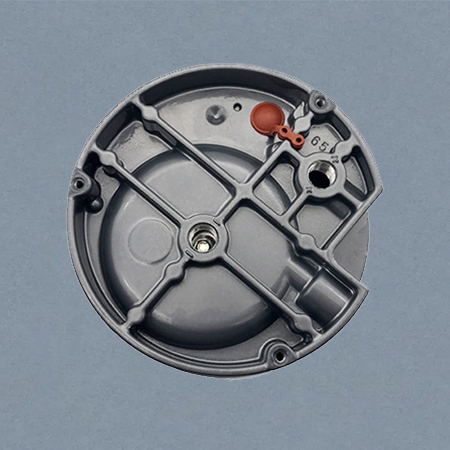
Precision cast all-aluminum shell
- The dp gauge is sprayed with imported plastic powder, which has suitable thickness and drying temperature, high hardness, is not easy to foam, and is not easy to produce aluminum rust.
- Drop test from a height of one meter, no damage to the surface.
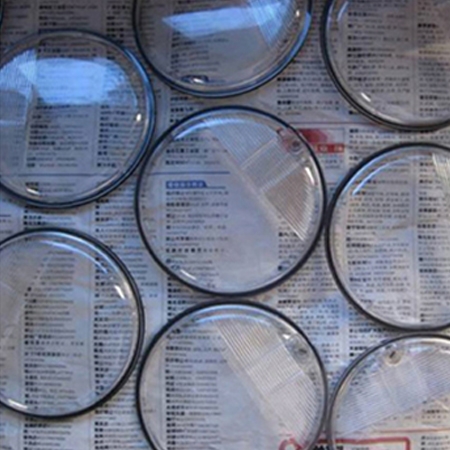
High strength plastic PC cover
- The cover of diff pressure gauge with good permeability, clear viewing angle.
- Excellent strength and high safety protection.
Dimension
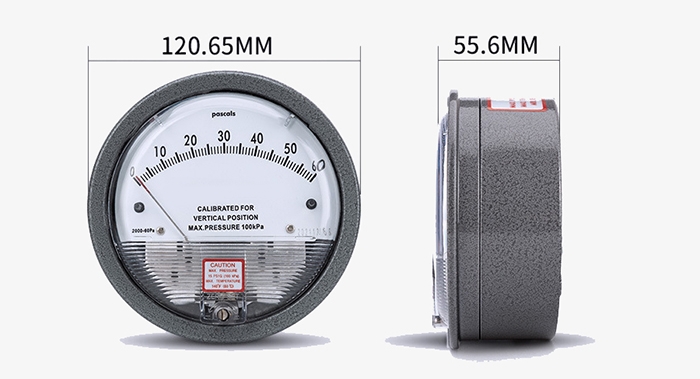
Applications
SISCO differential pressure gauge is essential in various industries for monitoring filter conditions, measuring flow rates, determining liquid levels in tanks, ensuring pump efficiency, maintaining clean room pressure, assessing HVAC system performance, and safeguarding hydraulic, boiler, and environmental systems, as well as in specialized applications like pharmaceutical factories, purified air conditioners, microelectronics environments, and blower pressure measurements, all by accurately measuring the pressure difference between two points to ensure optimal operation, safety, and compliance with regulations.
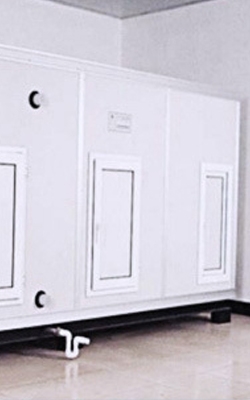
Purify Air Conditioner
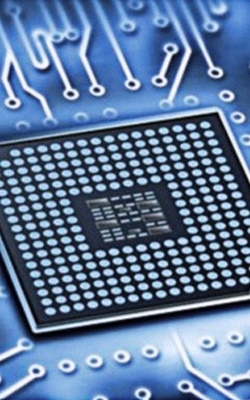
Microelectronics
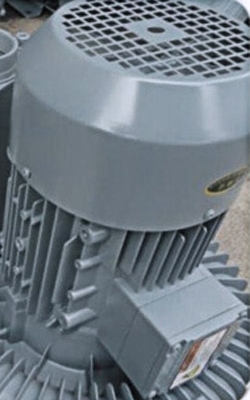
Blower Pressure Measurement
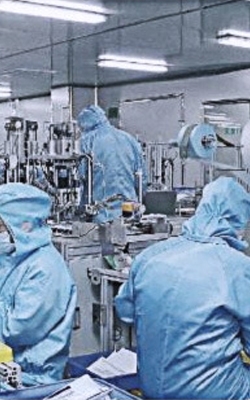
Pharmaceutical Factory
| Model | SISCO-DPG-1000 |
| Measuring Range | 0~1000Pa |
| Accuracy | 21℃ full scale ±4% |
| Use interface | 1/8 inner tooth normal temperature and pressure dual high and low pressure interface (back) |
| Overvoltage | The rubber overpressure plug was flushed open at about 172kPa. |
| Size | 120.65*55.6mm |
| Ambient Temperature | -7°C~ 60°C |
| Material | Die cast aluminum |
DP Gauge Structure

Q1: Can a differential pressure gauge measure both positive and negative pressure differences?
A1: Yes, a differential pressure gauge can measure both positive and negative pressure differences between two points. It is designed to indicate the difference regardless of which side has the higher pressure.
Q2: Can a differential pressure gauge be used in high-temperature environments?
A2: It depends on the specific gauge and its construction materials. Some diff pressure gauges are designed to withstand high temperatures, but it is important to check the manufacturer's specifications to ensure suitability for high-temperature applications.
Q3: Can I calibrate a differential pressure gauge myself?
A3: Yes, you can calibrate a differential pressure gauge if you have the proper equipment and follow the correct procedures. Calibration should be done using a known reference standard, and the process may vary depending on the gauge type. For critical applications, professional calibration services are recommended.
Tips: What are common issues with differential pressure gauges and how can I troubleshoot them?
Common issues include inaccurate readings, no readings, and physical damage. Troubleshooting steps involve checking for leaks, blockages, or calibration issues for inaccurate readings, ensuring sufficient pressure difference and proper connections for no readings, and inspecting and replacing the gauge if it is damaged.
Thank you for buying industrial test and measurement equipment on SISCO.com, all products sold by SISCO and the partner cover a 12 months warranty, effective from the date of receiving the products.
What is covered?
SISCO is responsible for providing free spare parts, and free technical support to assist the customer to repair the defective products until the problem is solved.
What is not covered?
- Product purchased from anyone other than a SISCO store or a SISCO authorized reseller.
- Expendable parts.
- Routine cleaning or normal cosmetic and mechanical wear.
- Damage from misuse, abuse or neglect.
- Damage from use of parts other than SISCO approved.
- Damage from use outside the product’s usage or storage parameters.
- Damage from use of parts not sold by SISCO.
- Damage from modification or incorporation into other products.
- Damage from repair or replacement of warranted parts by a service provider other than a SISCO authorized service provider.
- Damage caused by the application environment not meeting the product usage requirements and the failure to perform preventive maintenance.

